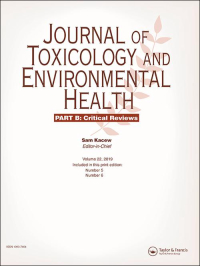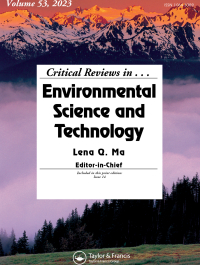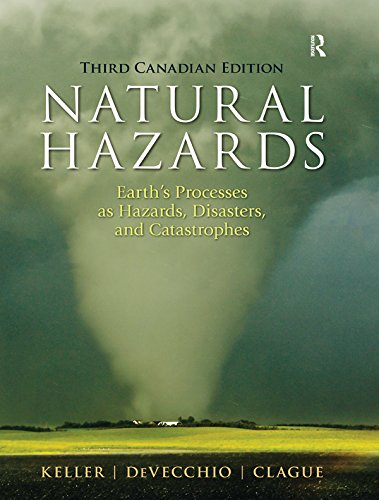Portfolio by the numbers
Our leading portfolio in the Earth Sciences helps to disseminate knowledge about the past and present features of the Earth to assist researchers and academics in using this knowledge for the benefit of humankind. Sitting alongside books and journals in Environment & Sustainability such as the Climate Policy journal, we offer a comprehensive exploration of the subject from an undergraduate to an industry practitioner level.
Journal of Toxicology and Environmental Health, Part B
The Journal of Toxicology and Environmental Health: Part B, Critical Reviews was instituted to provide a quarterly outlet for in-depth critical reviews, both commissioned and unsolicited, which complement the original research published in the Journal of Toxicology and Environmental Health, Part A, Current Issues .
Critical Reviews in Environmental Science and Technology
Understanding and assessing the myriad environmental problems that face society today and devising rational strategies and methods for their control are two of the major international challenges of our time. Critical Reviews in Environmental Science and Technology serves as an international forum for the critical review of current knowledge on the broad range of topics in environmental science.
Climate Policy
Climate Policy is a leading international peer-reviewed academic journal, publishing high quality research and analysis on all aspects of climate change policy, including adaptation and mitigation, governance and negotiations, policy design, implementation and impact, and the full range of economic, social and political issues at stake in responding to climate change.
Geotechnical Slope Analysis
This second edition of Geotechnical Slope Analysis is an updated version of the original scholarly book. In this edition, concepts and applications have been thoroughly revised. In particular, the ‘Initial Stress Approach’ has been extended to 2D problems in a more rigorous manner. Additional solved numerical examples have been added in several chapters. More importantly, the meaning of the results is explored through interpretation.
Deformation and Failure Mechanism of Rock Tunnels under Earthquake Loading
Seismic damage to rock tunnels from recent earthquakes indicates an urgent need for seismic assessment and aseismic design of underground structures. This book offers a comprehensive account of seismic performance and the response of underground structures under earthquake loading, necessary for adequate assessment and design.
Fundamentals of Geomorphology
The new fourth edition of Fundamentals of Geomorphology continues to provide a comprehensive introduction to the subject by discussing the latest developments in the field, as well as covering the basics of Earth surface forms and processes.
Natural Hazards
Natural Hazards focuses on hazards as the interface between humanity and its needs for space and resources, as well as on the ongoing geologic processes of Earth and features many new Canadian examples and discussions while retaining the best U.S. and international illustrations.
Using Geochemical Data
Using Geochemical Data brings together in one volume a wide range of ideas and methods currently used in geochemistry, providing a foundation of knowledge from which the reader can interpret, evaluate and present geochemical data.
 China
China  Africa
Africa 











